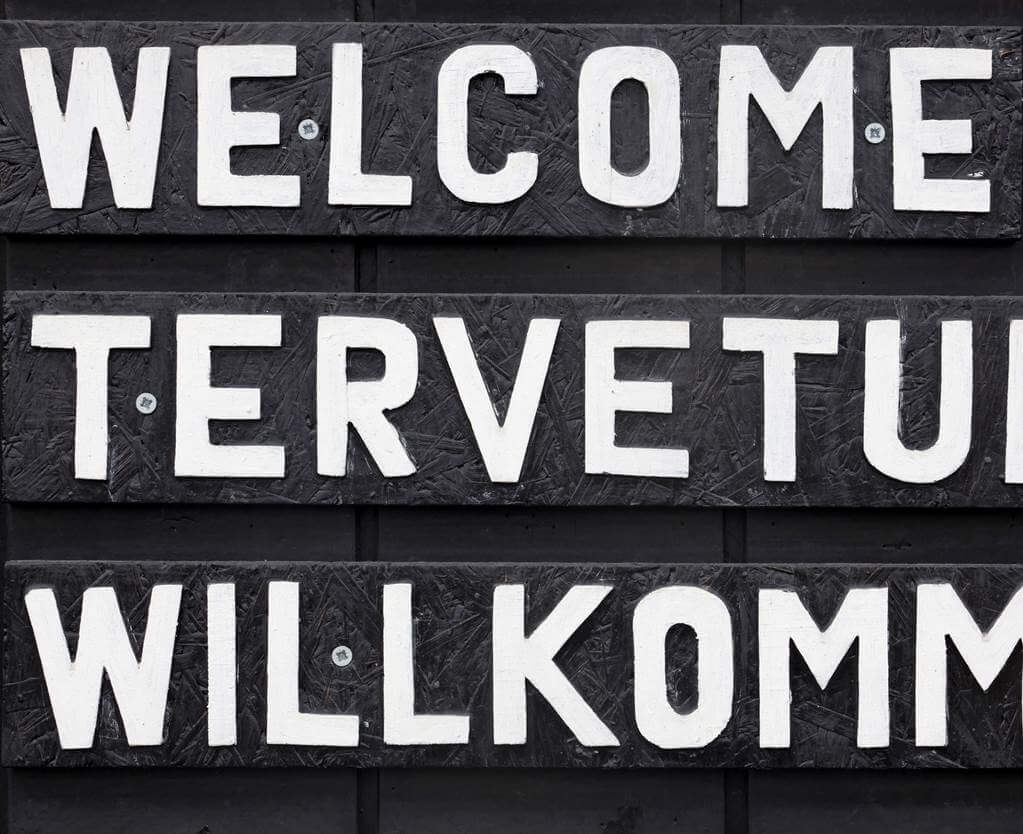If you are worldwide centralized technology marketer, the matter of localized content for non-English speaking countries is undoubtedly an important area of discussion for you and your teams.
The typical questions your teams face from management around content and messaging are:
- Do we really need to do that in-language?
- Can’t we get away with English language content?
- Technology buyers, especially those with multi-national companies, work in international business – of course they’ll be able to connect with English, right?
Justifying native language content is one of the hardest discussions to have in B2B tech marketing today. It’s expensive, can be challenging to execute and mostly, hard to keep pace with changing market strategy. It is, however hard, necessary to do.
Why? Because your customers and prospects are asking for it.
Your customers and prospects are using native language content to narrow their shortlists
In May 2017, we surveyed 320 IT professionals in France and DACH from TechTarget around their use of content in the buying cycle. One of the areas we covered within the survey was around the specific value and usage of native content for technology purchase research. 54% of users said that would shortlist one vendor over another for a purchase based solely on the fact that they have written materials in native language versus English-only content.
Risks of not providing localized content
The feedback overall from our responses overall was that there are several factors to think about when you’re presenting English-only content as the face of your business in French and German markets:
Are you influencing the entire buying team?
One German IT Director stated, “Unfortunately, superiors/colleagues are much less likely to speak the English language. Therefore, a correct decision is only possible with documents in mother tongue to capture all implications.”
Does your value prop translate for key buyers?
Another French IT Manager made the point that, “It sometimes happens that notions in English, being new or a new jargon, are confusing.”
What confidence level do local buyers have in your products and capabilities?
Some were very adamant about the need for native language content, especially from larger vendors: “Many providers are rather small and cannot afford a German translation. I understand that. With a SaaS solution in the five-digit annual licensing area, however, I do not see it,” said one buyer. “How should I evaluate the problem solving abilities or products of a supplier/solution provider if they do not bother to translate their documents into German?”
Localized content maximizes your ability to capture all available demand within your regions
The consensus among IT Professionals within the survey is that, although many French and German professionals understand English, German and French content is nonetheless mandatory. You can’t depend on the entire chain of those who need the content to be fluent in English and you can’t depend on the translation of English to come across accurately.
As a global marketer, you expect your in-region teams to maximize ROI in their market in the most effective way possible. If you are not arming these teams with localized content, you are only allowing them to access a portion of all available demand within the market.
In my next post, I will give you three important data points that will help you better build your case for adding native language content to your global marketing plans.

 If you are worldwide centralized technology marketer, the matter of localized content for non-English speaking countries is undoubtedly an important area of discussion for you and your teams.
If you are worldwide centralized technology marketer, the matter of localized content for non-English speaking countries is undoubtedly an important area of discussion for you and your teams.


